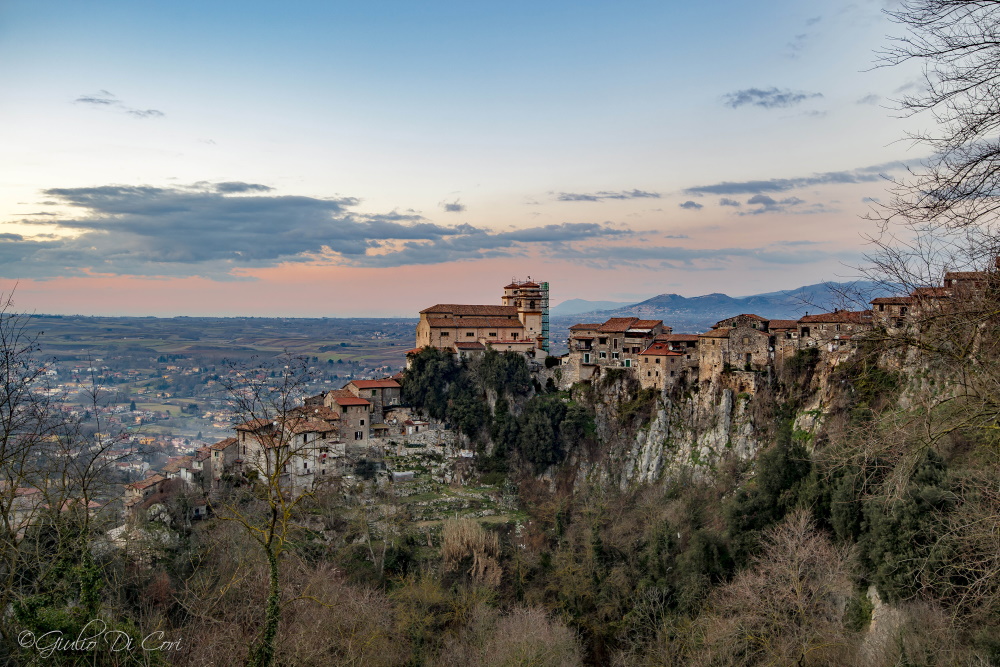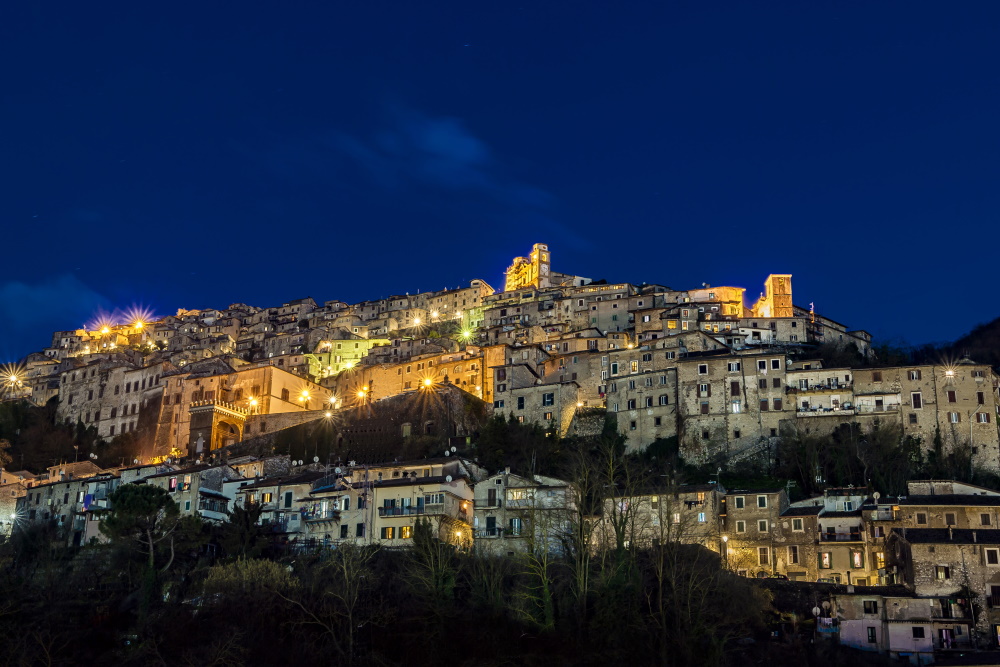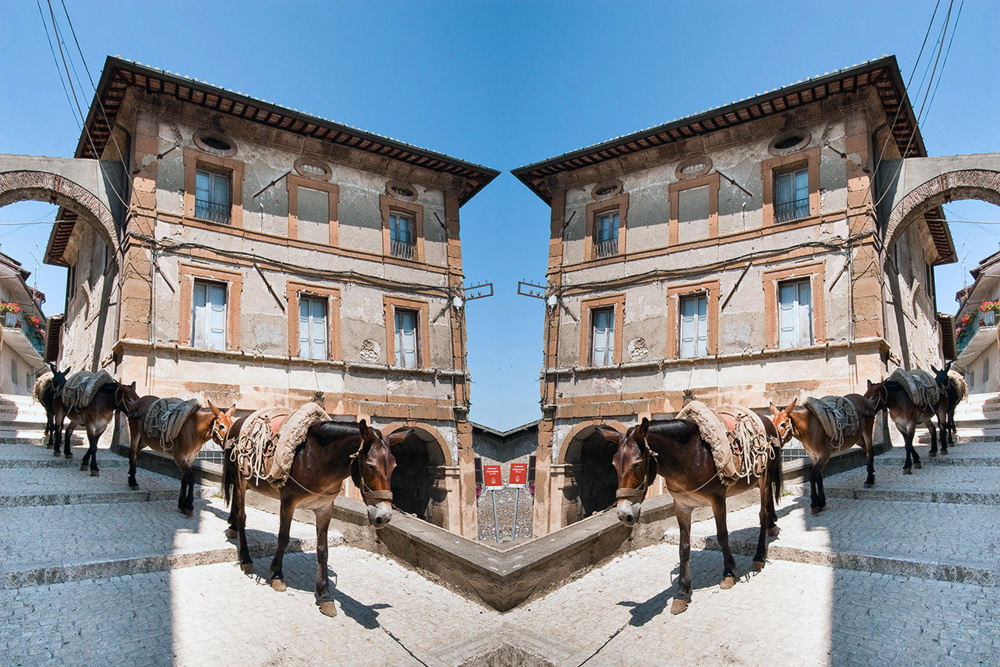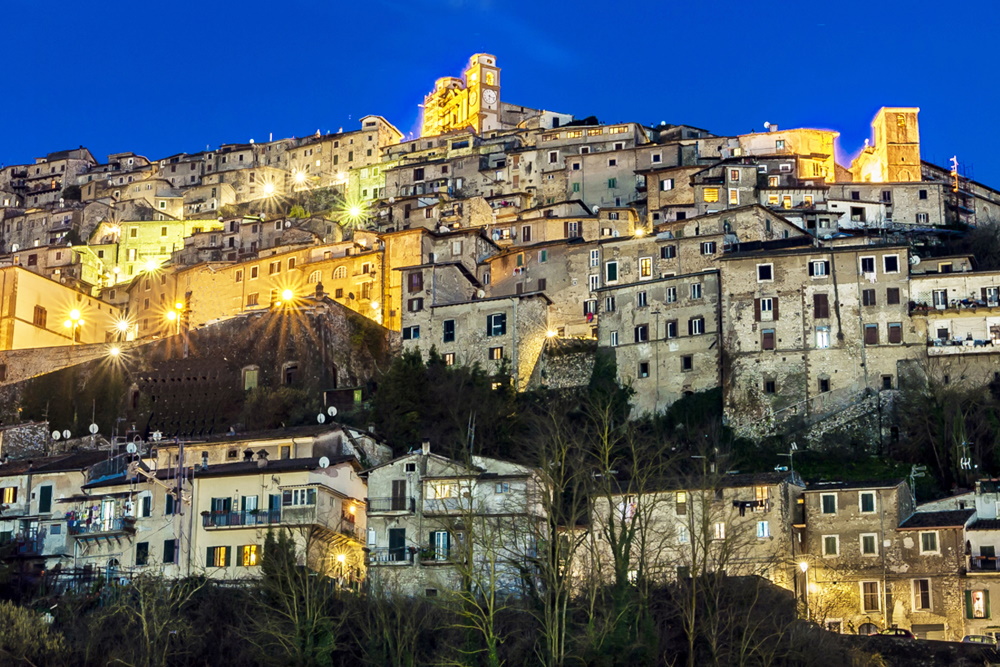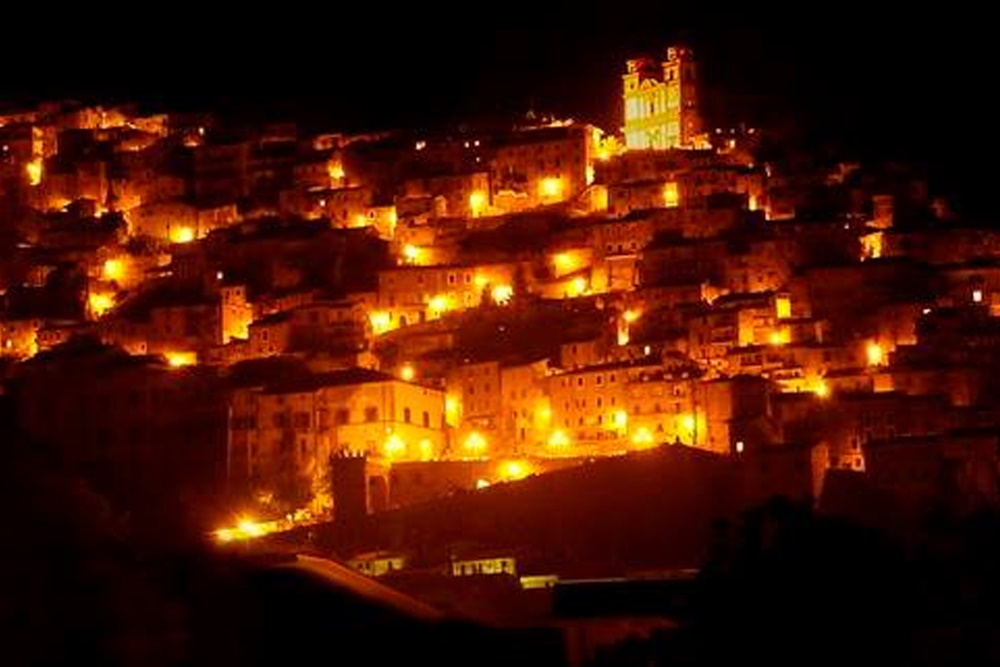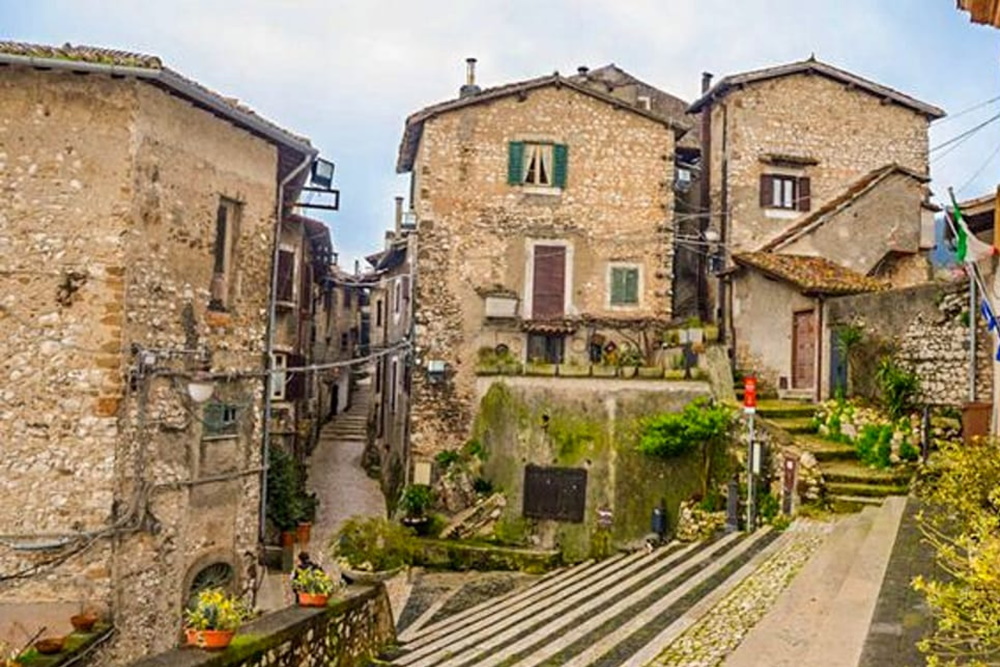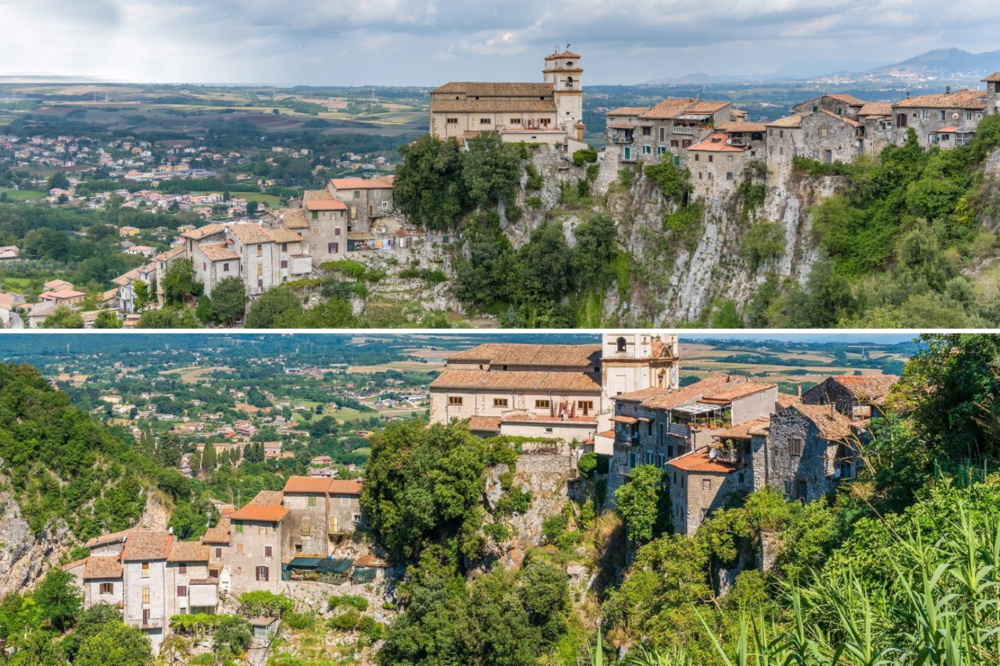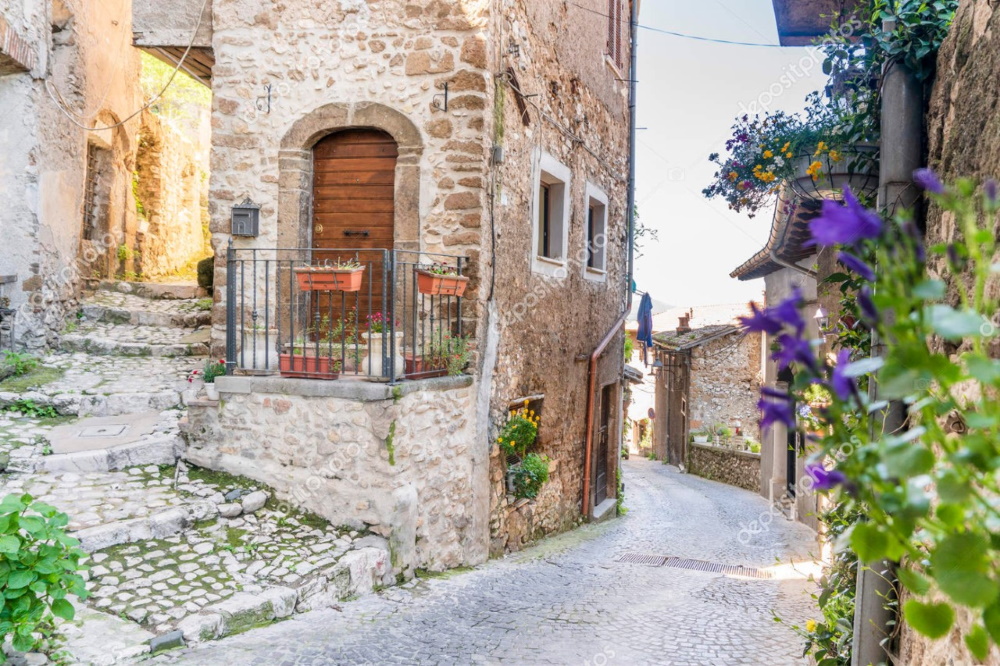City of Artena
Perched along a limestone ridge of the Lepini Mountains, a few kilometers from the capital, in the area of the Roman Castles, stands the old town of Artena. The village is famous for its architectural beauties and for its narrow alleys, but above all for being the largest pedestrianized historical centre in Europe, without motorized traffic. Here, in fact, you can climb only on foot or riding a mule - the only means of transport that allows you to climb inside to transport food, furniture and even tourists - thanks to which the center is still inhabited by about 1,500 people.
Far from traffic and smog, a walk through the alleys of ancient “Montefortino”, is a leap back centuries. The place has ancient origins and has lived a troubled history. The first settlement was an acropolis that dates back to the fifth century B.C. and only in the Middle Ages rose the fortress with the name of Montefortino. Bloodily fought among the families of the Counts and the Colonna, in 1557 the fortified center was destroyed by Pope Paul IV, enemy of the Colonna. It was rebuilt at the behest of Vittoria Colonna, was later ceded to Cardinal Scipione Borghese and in 1702 was attacked by a powerful band of bandits, which is why Artena is also known as the “country of bandits". It was in the seventeenth century, with the government of Cardinal Scipione Borghese, that the country achieved peace and prosperity and what remains today of artistic interest is due mostly to this prelate. Like the Palazzo Borghese, two buildings that a monumental three-storey gallery has combined into a single structure and which has 147 rooms, as well as corridors, porches and loggias. The palace overlooks a square that is a real balcony over the valley of the Sacco, opposite is the Palace of the Governor, home of the governor of Montefortino, as offices and prison for convicts.
The Rugby Museum is located inside a wing of Palazzo Borghese: six hundred square meters divided into two main rooms from which a maze of rooms with a breathtaking view of the Roman countryside starts.
Far from traffic and smog, a walk through the alleys of ancient “Montefortino”, is a leap back centuries. The place has ancient origins and has lived a troubled history. The first settlement was an acropolis that dates back to the fifth century B.C. and only in the Middle Ages rose the fortress with the name of Montefortino. Bloodily fought among the families of the Counts and the Colonna, in 1557 the fortified center was destroyed by Pope Paul IV, enemy of the Colonna. It was rebuilt at the behest of Vittoria Colonna, was later ceded to Cardinal Scipione Borghese and in 1702 was attacked by a powerful band of bandits, which is why Artena is also known as the “country of bandits". It was in the seventeenth century, with the government of Cardinal Scipione Borghese, that the country achieved peace and prosperity and what remains today of artistic interest is due mostly to this prelate. Like the Palazzo Borghese, two buildings that a monumental three-storey gallery has combined into a single structure and which has 147 rooms, as well as corridors, porches and loggias. The palace overlooks a square that is a real balcony over the valley of the Sacco, opposite is the Palace of the Governor, home of the governor of Montefortino, as offices and prison for convicts.
The Rugby Museum is located inside a wing of Palazzo Borghese: six hundred square meters divided into two main rooms from which a maze of rooms with a breathtaking view of the Roman countryside starts.
